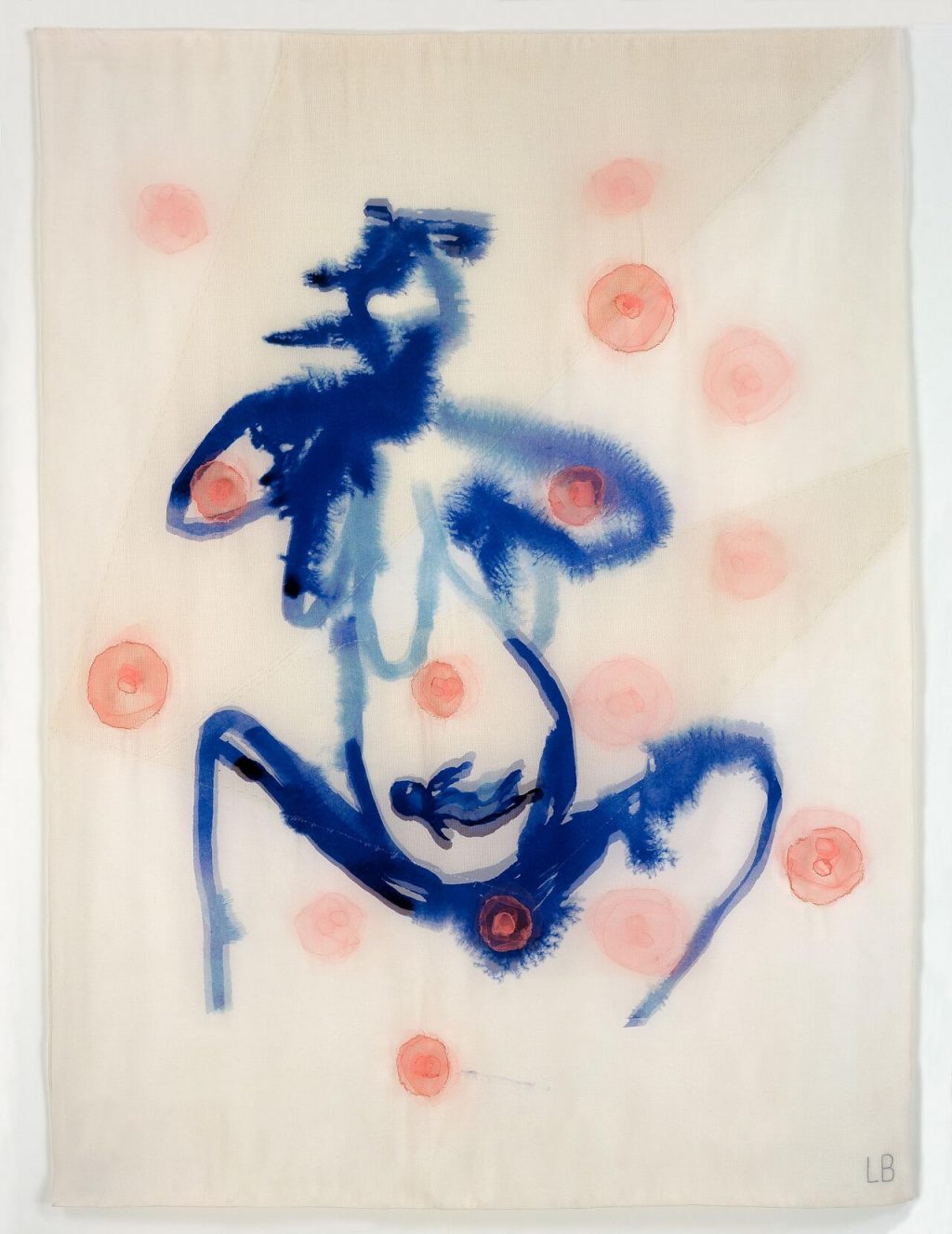
Louise Bourgeois: Once there was a mother
Hauser & Wirth – Sep 08 to Dec23, 2023 Chelsea/New York (US)
Hauser & Wirth is pleased to announce that the gallery will inaugurate its new dedicated space for Hauser & Wirth Editions with ‘Once there was a mother,’ a solo presentation of important and little-seen works by Louise Bourgeois (1911– 2010). Celebrated for large-scale sculpture and installation art, Bourgeois was also an inventive and prolific printmaker, especially during the last decade of her life. Centered around one of her most powerful themes—motherhood and maternity—the exhibition places Bourgeois’s printed works in relation to sculptures and drawings to highlight the essential role printmaking played within her multifaceted practice. It is the first show to focus on Bourgeois’s prints since the 2017-18 MoMA exhibition, ‘Louise Bourgeois: An Unfolding Portrait,’ curated by Deborah Wye, who is also the editor of the online catalogue raisonné of Bourgeois’s prints and books.
1947.
‘Once there was a mother’ takes its title from Plate 9 of Bourgeois’s 1947 illustrated book ‘He Disappeared into Complete Silence,’ which pairs nine engravings with short texts she called parables. These stories and their accompanying images of isolated buildings convey a sense of loneliness, alienation and lack of communication. They also show Bourgeois’s fascination with the architecture of her adopted city, New York, where she lived and worked from 1938 until her death in 2010. In the parable which accompanies Plate 9, a son ultimately rejects his devoted mother despite her best efforts to protect him. Bourgeois wrote this in the mid-1940s, while raising three young sons.
Maternity & pregnancy,
Most of the printed works in the exhibition were made during the last decade of Bourgeois’s life, when images of maternity—pregnancy, childbirth and breastfeeding—came to the fore. Although already in her nineties at the time of their creation, the prints reveal Bourgeois to be exceptionally active and innovative, experimenting with a variety of techniques, adding hand-applied details, and printing on the old garments and household fabric she had saved throughout her long life. Like pages of a diary, this material evoked memories of people and events from Bourgeois’s past and was used extensively in her sculptural work as she increasingly identified with her mother, a tapestry weaver and restorer.
Felix Harlan.
Her longtime intaglio printer, Felix Harlan, established a printing process in which the various fabrics could take as rich an impression as paper. During this period, Bourgeois also began working closely with noted New York publisher and gallerist Carolina Nitsch. With the help of Raylene Marasco at Dyenamix, Nistch encouraged Bourgeois to edition digital prints that were made unique by the addition of hand- applied dyes and inks, as well as collage elements.



Hauser & Wirth→ 443 West 18th Street Chelsea – New York, NY, USA 10011
◊
Use our Art Geolocation App

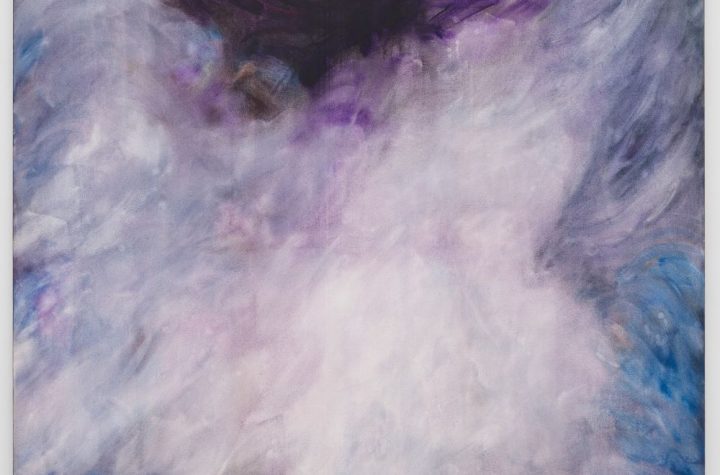
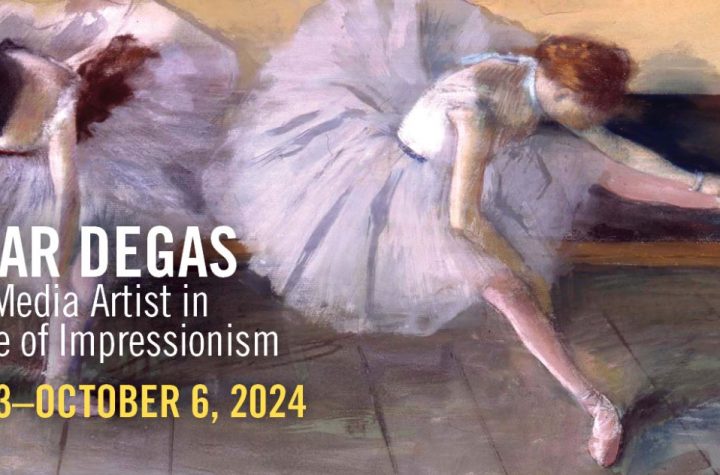
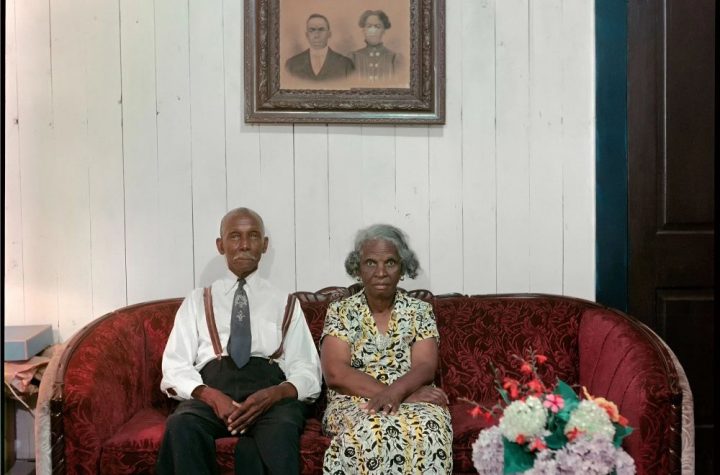
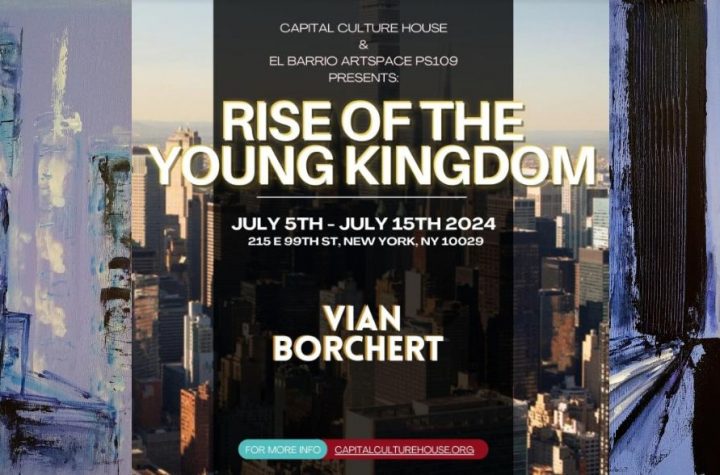
More Stories
Yoko Matsumoto: Darkness Against Nature
Edgar Degas: Multi-Media Artist in the Age of Impressionism
Gordon Parks